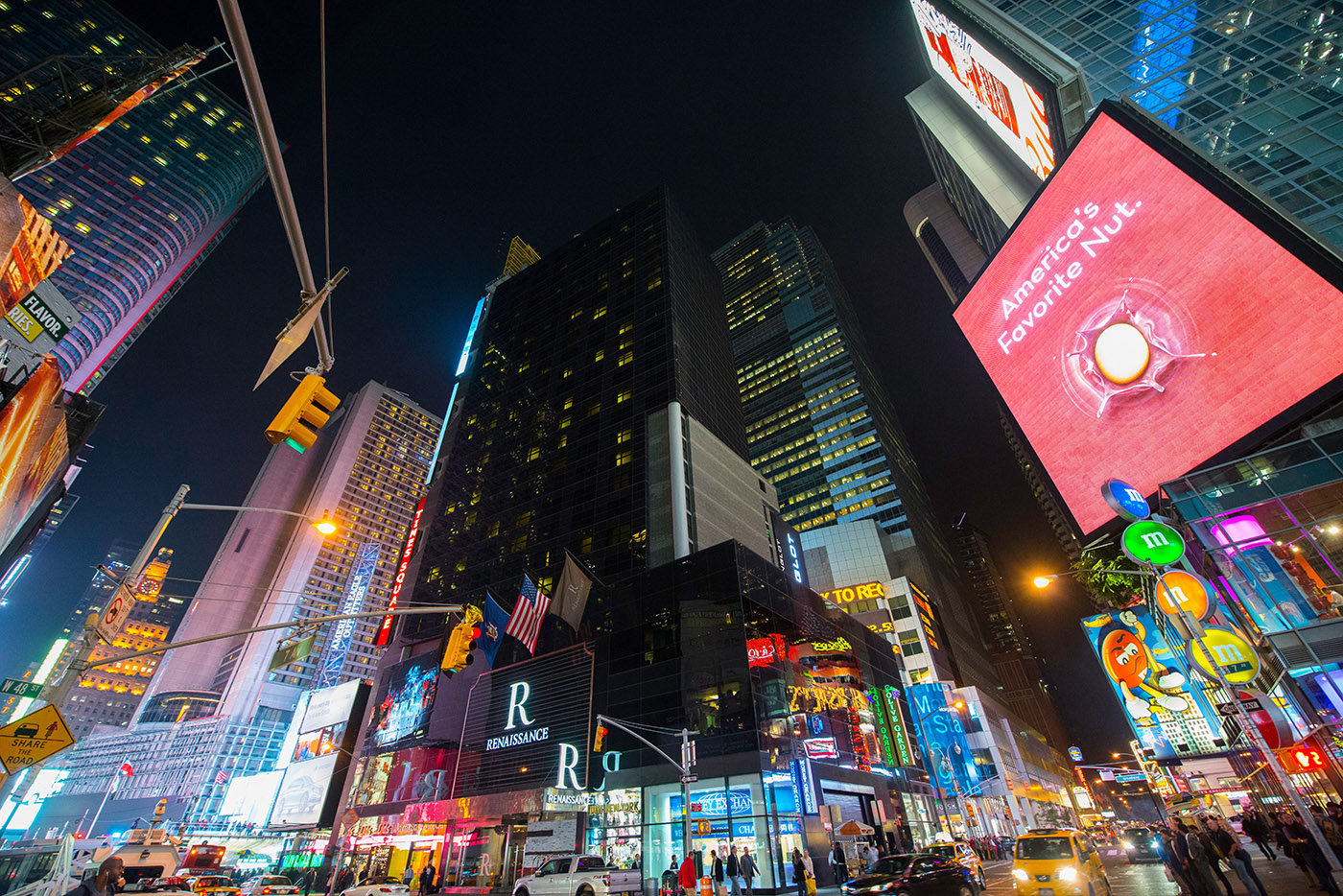Big Advertising, Big Money - Yesterday and Today on Times Square
New York City Mayor Bill de Blasio, who gained over 70% support in last year's elections, found a way to raise additional millions of dollars in taxes without irritating taxpayers.
This method involves collecting a 6% tax from companies renting advertising space.
This particularly applies to Times Square. The commercial rent tax was introduced a few decades ago and until now was only collected on office space rentals, bringing the city nearly 700 million dollars annually. It appears that Mayor de Blasio and his officials have discovered a gold mine. Two of the audited advertising space operators have already paid a total of one million dollars of this tax, and another 22 companies are to pay an additional 18 million.
A coalition of Times Square advertising space owners has formed, which hired a lobbyist to defend against this tax. Billboard operators claim that charging commercial rent tax on advertising space is unfair, since it wasn't charged for 50 years since the tax was implemented.
The city hall's finance commissioner counters these allegations, claiming that advertising companies simply evaded paying the tax for fifty years.
This story concerns a place that is an icon of Manhattan. At the beginning of the 20th century, Times Square became the center of the theater district and attracted large numbers of visitors.
This made the square an ideal place for advertising.
The first advertisements were quite small and covered building facades.
Soon a real race began, with increasingly larger advertisements being created - also on rooftops. Sometimes this led to catastrophic consequences - in 1912, during strong winds, one of these advertisements collapsed onto the sidewalk.
In 1917, the first large electric neon sign was installed on Times Square. Eleven years later, in 1928, the first electric display with moving text, called a zipper, was launched, which announced Herbert Hoover's victory in the presidential election.
Over time, billboards became such a tourist attraction and began attracting such crowds of tourists
that now the absence of large advertisements on building facades around Times Square seems impossible.








